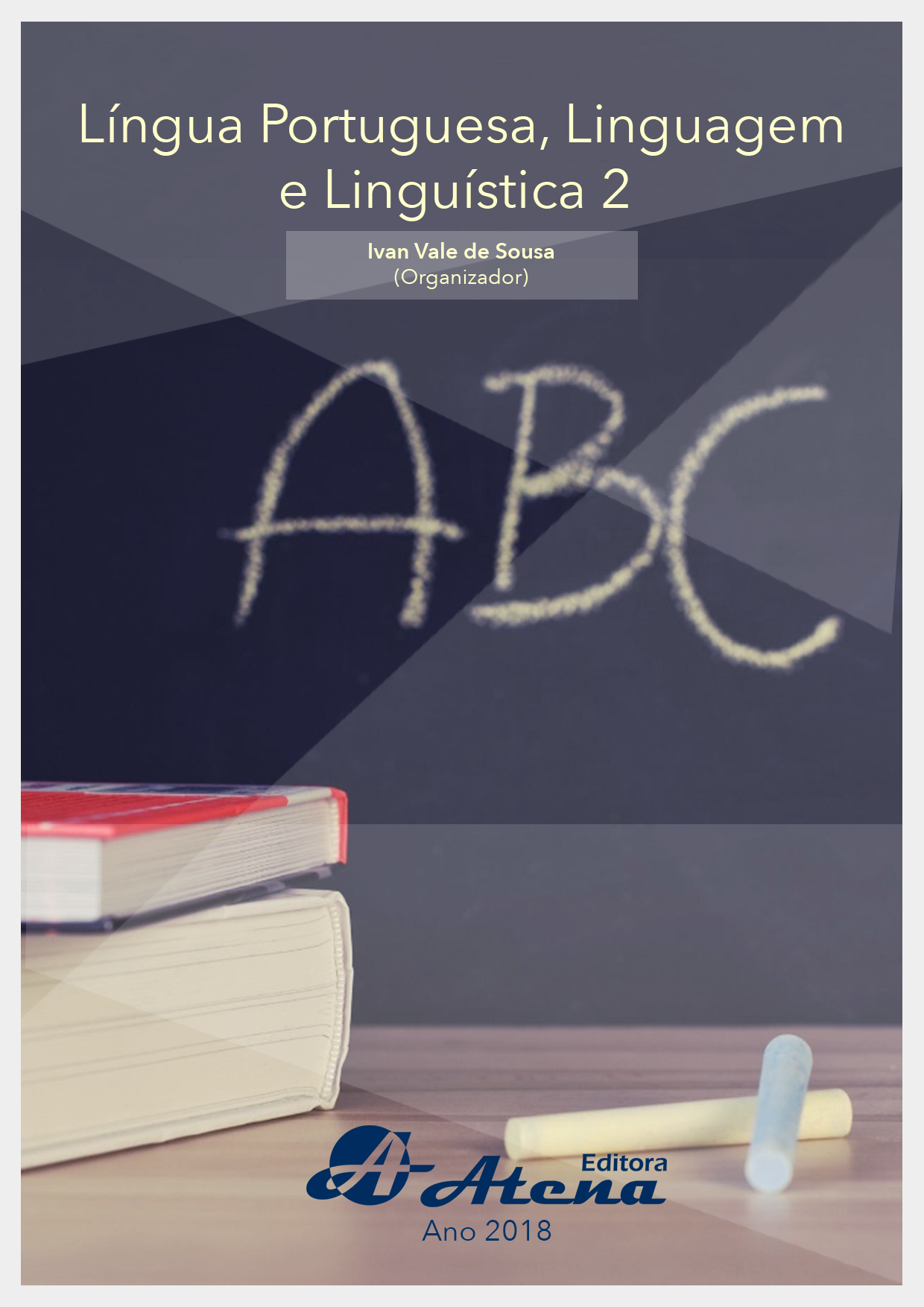
DA CAMÉLIA AO MANDACARU: RELEITURAS DO PERFIL DE UMA CORTESÃ
Este trabalho analisa a dialogia
do romance La Dame aux camélias (1848),
de Dumas fils em suas transposições:
drama homônimo (1849) de Dumas fils; filme
homônimo de Mauro Bolognini (1981); filme
Camille, de George Cukor (1936); e ópera
Violetta (La Traviatta) (1865), de Verdi/Piave/
Duprez; e o romance de cordel A Dama das
camélias em cordel, de Evaristo Geraldo (2010).
Para a realização da análise comparativa
da composição do perfil da protagonista nas
referidas obras, nos embasamos na teoria da
transtextualidade de Genette (1982), na dialogia
de Bakhtin (1997), na intertextualidade de
Samoyaut (2008), na teoria do teatro de Pavis
(1996), na teoria do cinema de Jost (1989), e na
teoria do cordel de Abreu (2004) entre outros.
Assim, propomos averiguar em que sentido a
composição do perfil da protagonista Marguerite
Gautier/Violetta Saint Yv, nestas adaptações
da obra de Dumas fils, em comparação ao
perfil encontrado no hipotexto, conserva ou
amplia o tema da cortesã arrependida. Esperase
que este trabalho possa contribuir para
desvendamento de algumas especificidades
concernentes à retomada/ampliação do tema
da cortesã arrependida, considerando que
esta suposta ampliação está imbricada com
a estrutura composicional, com o estilo dos
autores, com o contexto sócio-histórico de
produção e a esfera de circulação das obras,
o que, a nosso ver, leva ao imbricamento das
obras analisadas com o romance de partida
e culmina na sua tradução para gêneros
carregados de valores culturais, a exemplo do
cordel que traz em sua estrutura composicional
e em sua temática a essência da brasilidade.
DA CAMÉLIA AO MANDACARU: RELEITURAS DO PERFIL DE UMA CORTESÃ
-
DOI: Atena
-
Palavras-chave: literatura comparada, transposição, ressignificação.
-
Keywords: comparativeliterature, transposition,resignification.
-
Abstract:
This research aims to analyze
the dialogism of the novel La dame aux
Camélias (1848), by Dumas fils in the following
transpositions: the namesake drama (1849)
by Dumas fils; the namesake movie by Mauro
Bolognini (1981) and the movie Camille, by
George Cukor (1936); the opera Violetta (La
Traviata) (1865), by Verdi/Piave/Duprez; and
the cordel literature A Dama das camélias
by Evaristo Geraldo (2010). To make the
comparative analysis of the protagonist’s profile
in the mentioned books and movies happen, we
use as theoretical support Genette’s theory of
transtextuality (1982), Bakhtin’s dialogism (1997), Samoyault’s intertextuality (2008),
Pavis’s play theory (1996), Jost’s cinema theory (1989), and Abreu’s cordel literature
(2004), among others. In this way, we intend to ascertain in which way the composition
of the protagonist’s profile, Marguerite Gautier/ Violeta Saint-Y, in these adaptations by
Dumas fils, in comparison to the profile found at the hypotext, preserves or broadens
the theme of the repented courtesan. We hope that this research can contribute for
the revealing of some specificities related to the restored/broadening theme of the
repented courtesan, considering that this supposed expansion is closely connected
to the compositional structure, to the authors’ style, to the social historical context’s
production and the area where the pieces circulated, which, in our point of view, leads
to the interwoven of the analyzed pieces with the starting novel and peaks in its
translation to genres filled with cultural values, such as the cordel literature that brings
in its compositional structure and its theme the Brazilianness’s essence.
-
Número de páginas: 15
- Margarida da Silveira Corsi


